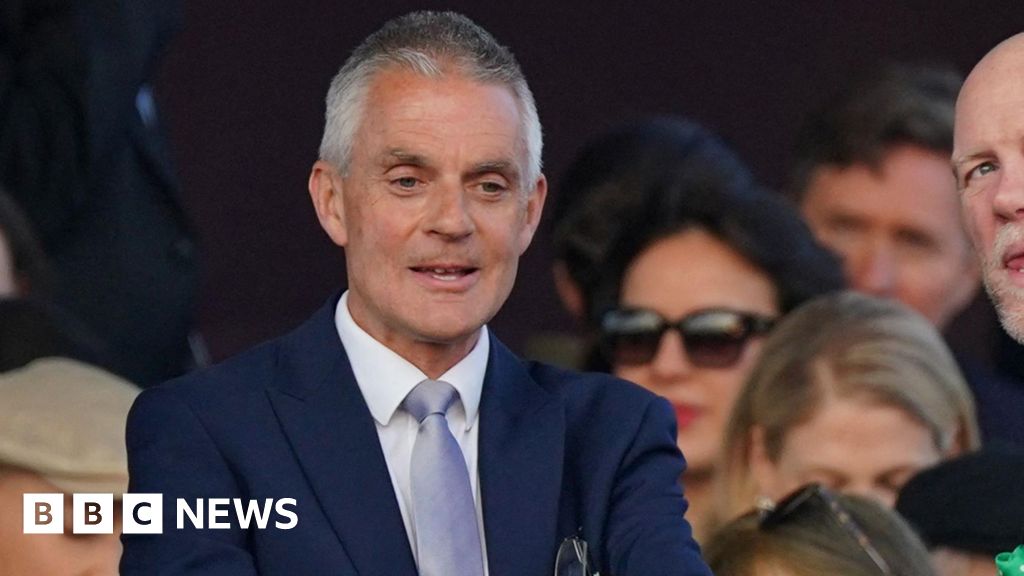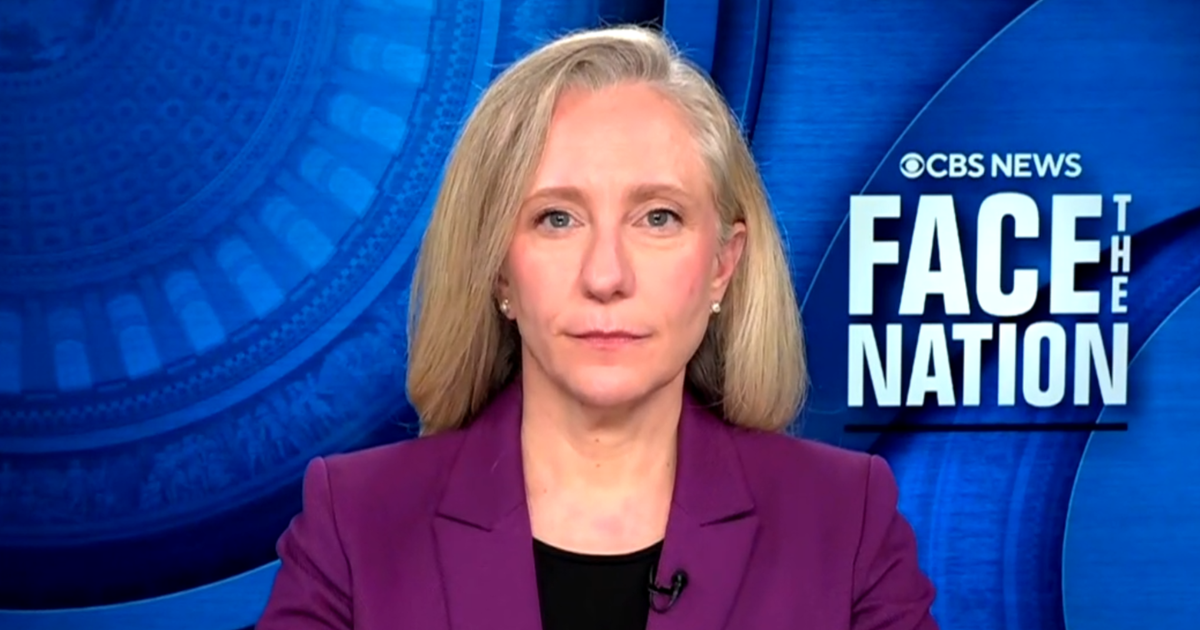Samanvi Mathur is the only girl in her applied computing class.
It’s a situation replicated across the state, with certain VCE subjects remaining male-dominated despite years of efforts to address the gender imbalance.

Southern Cross Grammar student Samanvi Mathur with principal Brayden Stone.Credit: Eddie Jim
In the subject of applied computing software development, boys make up 87 per cent of the students. In applied computing data, they comprise 77 per cent of the students.
Despite the trend, Samanvi, a year 10 student at Southern Cross Grammar in Caroline Springs, is so passionate about applied computing data that she will complete the subject next year in year 11.
She’s also taking maths methods, physics and chemistry, but her interest in computing is fuelled by anticipation that artificial intelligence will change work and her career options. “I thought if I take this subject it would give me some kind of upper hand in knowing how everything works.”
The gender ratio in computing subjects is part of a wider pattern where boys and girls dominate particular science, technology, engineering and maths subjects that often mirror gender imbalances in the fields and careers they lead to.
In 2025, most students in systems engineering, physics and specialist maths are boys, whereas girls make up more than 70 per cent of the more popular health-based STEM subjects such as psychology and health and human development.
These trends have proven difficult for educators to shake and are not based on any differences in academic potential or a single hurdle that is easily overcome.
Role models, personal values, curriculum design, teachers, school culture, parents and peers all influence what subjects students take, says Helen Forgasz, a professor emeritus at Monash University who has researched gender differences in VCE subjects for 25 years.
“There is, in general, still a stereotyped belief that boys are more suitable and more capable of coping with the physical sciences and the computing area in particular,” she said.
“And girls are more suited to the healing sciences, if you want to think of biology and nursing. It’s not as if no girls study physics, and it’s not as if no boys study biology, but a greater number don’t because of a range of other influences in their lives.”
Girls also make up 94 per cent of dance students and 79 per cent of those doing art creative practice. Meanwhile, the number of boys enrolled in physical education has jumped by 30 per cent since 2021, far outnumbering the 4 per cent rise among girls. Economics, where 70 per cent of students are boys, has seen girls’ enrolment rise in the past five years at double the rate of the boys.
Raising awareness of women in male-dominated careers though initiatives such as the Trade and Tech Fit career expo, which saw 3700 students attend in June, has been a focus for education authorities.
“There’s a saying in career education, you can’t be what you can’t see,” said Victorian Curriculum and Assessment Authority chief executive Andrew Smith.
“It takes time to break down stereotypes, but that makes it more important that we just keep working really hard on it and looking for new and creative ways.”
Nationally, fewer girls than boys participate in digital technology subjects. However, Victoria has lagged states such as South Australia and NSW, according to Milorad Cerovac, an education lecturer at La Trobe University who compared enrolment figures between states. “The way I look at it is you basically eliminate 50 per cent of perspective in that subject.”
One solution, he suggests, is to ensure content in computer classes crosses over with the subjects girls already dominate in. “There are a lot of missed opportunities where, for example, we could utilise health data to explore patterns of sleep or physical activity.”
Smith said the VCAA was always exploring options for bringing subjects to life, but it is not only up to educators to change the attitudes behind subject selection.
“It’s incumbent upon all of us within the community to find our way of being able to both open up the opportunities for young people, but also be careful not to close them down because sometimes the way we think, the way we speak, the way we behave, might actually put people off.”
In applied computing, Samanvi brings her own perspectives, often writing longer, more in-depth answers to questions than her male classmates. “If we’re talking about something like code, I might write it differently.”
Still, she doesn’t see that much difference between herself and the boys. “But one difference that I feel ... I’m the only girl, so I don’t have as many friends.”
The Morning Edition newsletter is our guide to the day’s most important and interesting stories, analysis and insights. Sign up here.
Most Viewed in National
Loading


















































